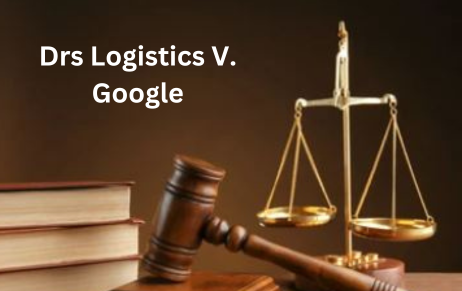INTRODUCTION Businesses seek to lure customers to the brand by using Google Ads word program,…
LOWENBRAU vs. LOWENBRAU- A NON-USE CONTROVERSY
Gajendra Khichi, an intern at Khurana and Khurana talks about the case of non-use of the trademark. Through this post, he gives special emphasis on the case of M/s. Lowenbrau Buttenheim vs. M/s. Lowenbrau Munchen, which created quite a stir regarding the non-use of the trademark.
The object of the trademark law is to protect the rights of the bona fide users of the mark and not to create trademark holders who do not intend to use the mark but register it only for the purpose of preventing others from using the mark. The Trade Marks Act, 1999 prevents such registration and even if the mark is registered without intention to use it, the same can be removed from the register on application.
This post analyses the concept of removal of the mark for non-use under as provided under Section 47 on the basis of the recent decision of IPAB in M/s. Lowenbrau Buttenheim vs. M/s. Lowenbrau Munchen, is a case of non-use of a trademark where an ex parte order was passed against the respondent by the IPAB
The respondent in this case was the registered owner of the following trademarks:
| Sr. No. | Type | Application No. | Class | Filling Date | Registration Date |
| 1. | Label | 280783 | 32 | 12/06/1972 | 15/03/1999 |
| 2. | Label | 196881 | 32 | 08/07/1960 | 15/11/1962 |
| 3. | Word | 642375 | 32 | 18/10/1994 | 23/03/2005 |
| 4. | Label | 258875 | 32 | 19/08/1969 | 20/08/1988 |
The respondents had not used the trademark. Even though they had obtained registration as early as in the 1960s, they had decided to manufacture and sell beer only in September 2007.
On the other hand, the applicant is the registered proprietor of the trademark Lowenbrau Buttenheim in Germany registered on 05/08/1988. A company under the name Lowenbrau Buttenheim India Pvt. Ltd. was incorporated by the applicant in India as early as 14.04.1999. The goods of the applicant under trademark Lowenbrau Buttenheim were available in India since 1999 through its licensee. Applicant argued that the respondents have concealed the fact about the coexistence of M/s. Lowenbrau Buttenheim, Germany. It was also argued that the applicant is serving its goods in Germany, the United States, and Korea through its establishments under the trademark Lowenbrau Buttenheim since 1880. So the applicant is the first user of the mark.
The court observed that respondents have although obtained registrations as early as 1962, 1988, 1999 & 2005 respectively but have not used it in trade. The respondents are only preventing others from using which is not a good practice.
Analysis
Section 47 of the Act provides that when the mark has not been used, it can be removed from the register. The said Section prescribes two conditions as observed in, Shri Kanishk Gupta vs. Liberty Footwear Company it was held that under Section 47 two things has to be proved by the applicant viz. non-use and absence of bona fide intention to use the trademark when the application for registration was made. A distinction has been made between clause (a) and clause (b) by saying that under clause (a) applicant has to prove both absences of bona fide intention on the part of the applicant for registration as well as non-use up to a date three months before the date of the application for revocation. While clause (b) is applicable where there was no bona fide use of the trademark for five years from the date of actual registration of the mark up to a date three months from the date of application for revocation. The fact that the registered proprietor has a bona fide intention to use the trademark at the date of application of registration becomes immaterial and the trademark is liable to be removed.
The IPAB in this case rightly held that where the proprietor of a mark gets registration and there is no use by him, in this situation the mark is liable to be removed from the register. The trademark law protects the mark against use by others only where use is bona fide but where the proprietor merely sits on the mark no protection is available as the later has not been considered as a good practice under law.
ORA/212 TO 215/2008/TM/DEL, Decided on 6th May 2013
MIPR 2008 (3) 0227 – ORA/104/2006/TM/DEL
Follow us on Twitter: @KnKIPLaw

